Home>Gardening & Outdoor>Outdoor Recreation & Activities>What To Put Under A Trampoline
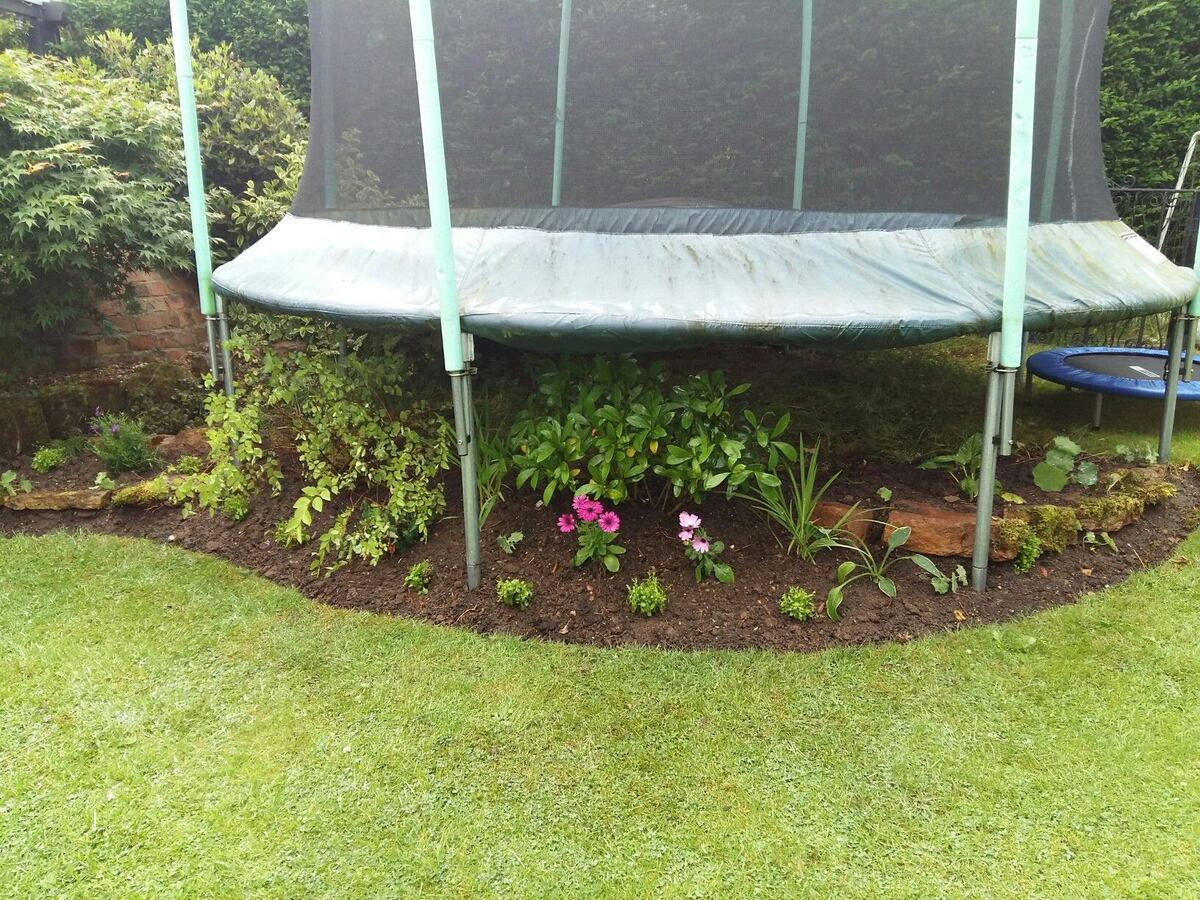

Outdoor Recreation & Activities
What To Put Under A Trampoline
Modified: January 9, 2024
Discover the best options for what to put under a trampoline to ensure safety and enhance outdoor recreation and activities. Explore practical and creative ideas for a fun and secure trampoline setup.
(Many of the links in this article redirect to a specific reviewed product. Your purchase of these products through affiliate links helps to generate commission for Storables.com, at no extra cost. Learn more)
Introduction
Trampolines are a fantastic addition to any backyard, providing endless hours of entertainment and physical activity for kids and adults alike. However, ensuring the safety and longevity of your trampoline involves more than just setting it up and jumping on it. One crucial aspect of trampoline ownership is deciding what to put underneath it to enhance safety, prevent damage, and improve the overall experience.
In this comprehensive guide, we’ll explore various options for what to put under a trampoline, taking into account safety precautions, ground cover options, padding and cushioning, as well as maintenance and cleaning tips. By the end of this article, you’ll have a clear understanding of how to create a safe and enjoyable environment for trampoline use in your outdoor space.
Key Takeaways:
- Choose the right ground cover, like rubber mulch or artificial turf, to make your trampoline safer and more comfortable for jumping and landing.
- Keep your trampoline safe and fun by adding padding, regularly cleaning the area, and checking for wear and tear to prevent accidents and injuries.
Read more: What To Put Under Trampoline On Grass
Safety Precautions
Before diving into the different options for what to put under a trampoline, it’s essential to highlight some crucial safety precautions to ensure a secure and enjoyable trampolining experience.
- Clear the Area: Ensure that the area under and around the trampoline is clear of any obstructions, sharp objects, or debris that could pose a hazard to jumpers.
- Secure the Trampoline: Properly anchor the trampoline to the ground to prevent it from tipping or moving during use, especially in windy conditions.
- Safety Netting: Consider installing safety netting around the trampoline to prevent accidental falls and provide an added layer of protection for users.
- Supervision: Always supervise children when they are using the trampoline to ensure that safety guidelines are followed and to provide immediate assistance if needed.
- Weight Limit: Adhere to the weight limit specified by the trampoline manufacturer to prevent overloading and potential structural issues.
By implementing these safety precautions, you can significantly reduce the risk of accidents and injuries associated with trampoline use. Now, let’s explore the various options for what to put under a trampoline to further enhance safety and functionality.
Ground Cover Options
When it comes to what to put under a trampoline, selecting the right ground cover is crucial for ensuring safety, minimizing wear and tear, and maintaining the area around the trampoline. Here are some popular ground cover options to consider:
- Grass or Turf: Placing a trampoline on natural grass or turf is a common choice. However, it’s essential to regularly trim the grass and remove any debris or objects that could potentially cause injury or damage to the trampoline.
- Rubber Mulch: This impact-absorbing material provides a soft and cushioned surface, reducing the risk of injury from falls. Rubber mulch is durable, weather-resistant, and offers excellent drainage, making it a popular choice for trampoline ground cover.
- Wood Chips: Similar to rubber mulch, wood chips provide a natural and shock-absorbing surface. They are relatively inexpensive and can effectively cushion the ground beneath the trampoline.
- Artificial Turf: Synthetic turf offers a low-maintenance and visually appealing option for trampoline ground cover. It provides a consistent and cushioned surface, ensuring a safe landing area for trampoline users.
- Trampoline Pads: Specifically designed trampoline pads or mats can be placed directly underneath the trampoline to provide additional cushioning and protection. These pads are often made from durable materials and are tailored to fit the specific dimensions of the trampoline.
When choosing the ground cover for your trampoline, consider factors such as impact absorption, drainage, maintenance requirements, and overall aesthetics. Additionally, ensure that the ground cover extends beyond the perimeter of the trampoline to create a safe landing zone for jumpers. By selecting the right ground cover, you can enhance the safety and comfort of your trampoline setup.
Place a layer of soft, impact-absorbing material like wood chips, sand, or rubber mulch under the trampoline to provide a cushioned landing surface and reduce the risk of injury from falls. Regularly check and maintain the padding to ensure it remains effective.
Padding and Cushioning
Ensuring adequate padding and cushioning around and underneath the trampoline is essential for minimizing the risk of injuries and extending the lifespan of the trampoline. Here are some key considerations for enhancing padding and cushioning:
- Trampoline Skirt: Some trampolines come with a built-in skirt that hangs down to cover the springs and framework. This not only enhances the visual appeal of the trampoline but also provides an additional layer of protection.
- Spring Covers: Utilize spring covers or pads to shield the metal springs, reducing the risk of accidental contact and potential injuries during trampoline use.
- Under-Frame Padding: Consider adding padding directly underneath the trampoline frame to provide cushioning and protect the ground cover from wear and tear.
- Shock-Absorbing Mats: Placing shock-absorbing mats or rubber tiles underneath the trampoline can further minimize the impact on the ground, ensuring a softer landing surface for jumpers.
- Additional Cushioning: In addition to the trampoline-specific padding, you can supplement the cushioning by placing thick foam mats or interlocking floor tiles underneath the trampoline for extra protection.
By prioritizing padding and cushioning, you create a safer and more comfortable environment for trampoline users while safeguarding the trampoline components and the ground surface. These measures contribute to a more enjoyable and worry-free trampolining experience for the entire family.
Maintenance and Cleaning
Proper maintenance and regular cleaning are essential for preserving the safety, functionality, and aesthetics of your trampoline and its surroundings. Here are some valuable tips for maintaining and cleaning the area under and around the trampoline:
- Inspect Regularly: Routinely inspect the trampoline, including the frame, springs, and mat, for any signs of wear, damage, or deterioration. Address any issues promptly to prevent safety hazards.
- Clean the Surrounding Area: Regularly remove leaves, debris, and other foreign objects from the ground cover and surrounding area to maintain a clean and safe trampoline environment.
- Trim Vegetation: Keep nearby vegetation, such as bushes and overhanging branches, trimmed to prevent them from encroaching on the trampoline space and causing potential hazards.
- Wash the Ground Cover: Depending on the ground cover material, periodic cleaning may be necessary to remove dirt, stains, and organic matter. Follow the manufacturer’s guidelines for cleaning and maintenance.
- Check Anchoring and Stability: Regularly ensure that the trampoline is securely anchored to the ground and that all support legs are stable to prevent tipping or shifting during use.
By incorporating these maintenance and cleaning practices into your trampoline care routine, you can prolong the lifespan of the trampoline, maintain a safe and inviting play area, and uphold the overall appeal of your outdoor space.
Read more: What To Put Under Bathtub
Conclusion
Choosing what to put under a trampoline is a critical decision that directly impacts the safety, comfort, and longevity of your trampoline setup. By considering the various ground cover options, prioritizing padding and cushioning, and implementing proper maintenance and cleaning practices, you can create a secure and enjoyable environment for trampoline use in your backyard.
It’s important to remember that safety should always be the top priority when setting up and maintaining a trampoline. Clearing the area, securing the trampoline, and supervising its use are fundamental safety precautions that should not be overlooked. Additionally, selecting the appropriate ground cover, utilizing adequate padding, and conducting regular maintenance contribute to a safe and inviting trampoline space for all users.
Ultimately, the goal is to provide a space where family and friends can engage in physical activity, have fun, and create lasting memories while minimizing the risk of accidents or injuries. By investing time and effort into choosing the right elements to put under and around the trampoline, you can ensure a safe and enjoyable trampolining experience for everyone.
With the insights and recommendations provided in this guide, you are well-equipped to make informed decisions about what to put under your trampoline, enhancing safety and enjoyment for all trampoline enthusiasts in your household.
Frequently Asked Questions about What To Put Under A Trampoline
Was this page helpful?
At Storables.com, we guarantee accurate and reliable information. Our content, validated by Expert Board Contributors, is crafted following stringent Editorial Policies. We're committed to providing you with well-researched, expert-backed insights for all your informational needs.
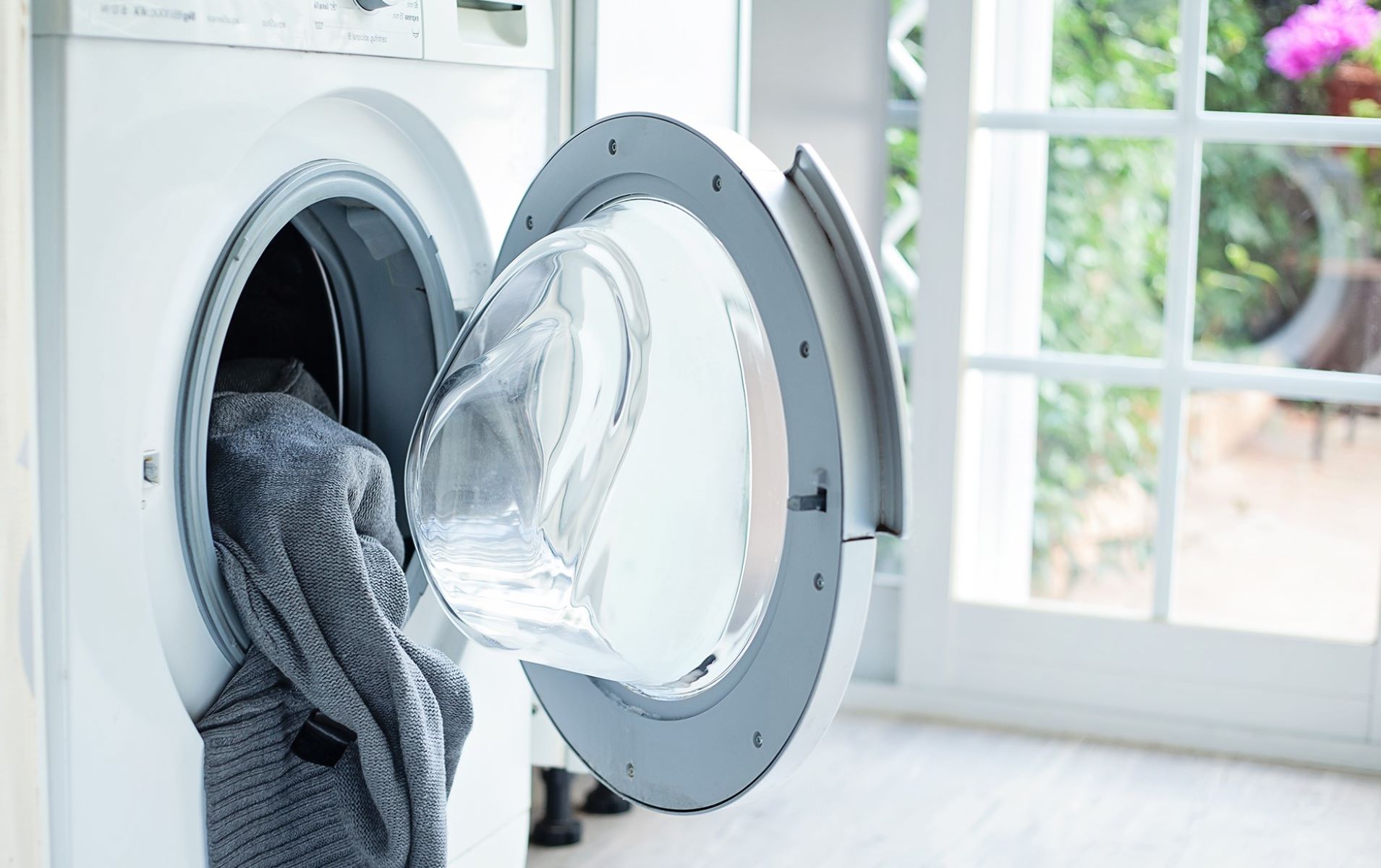
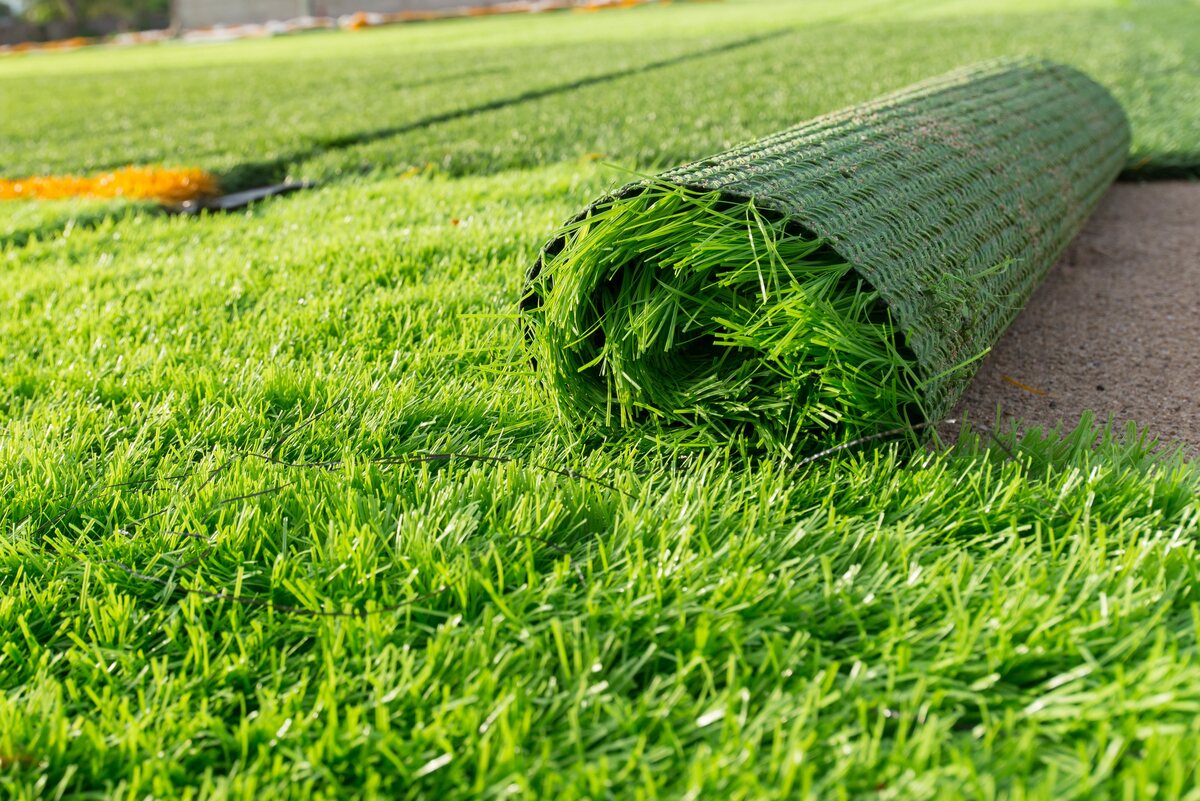
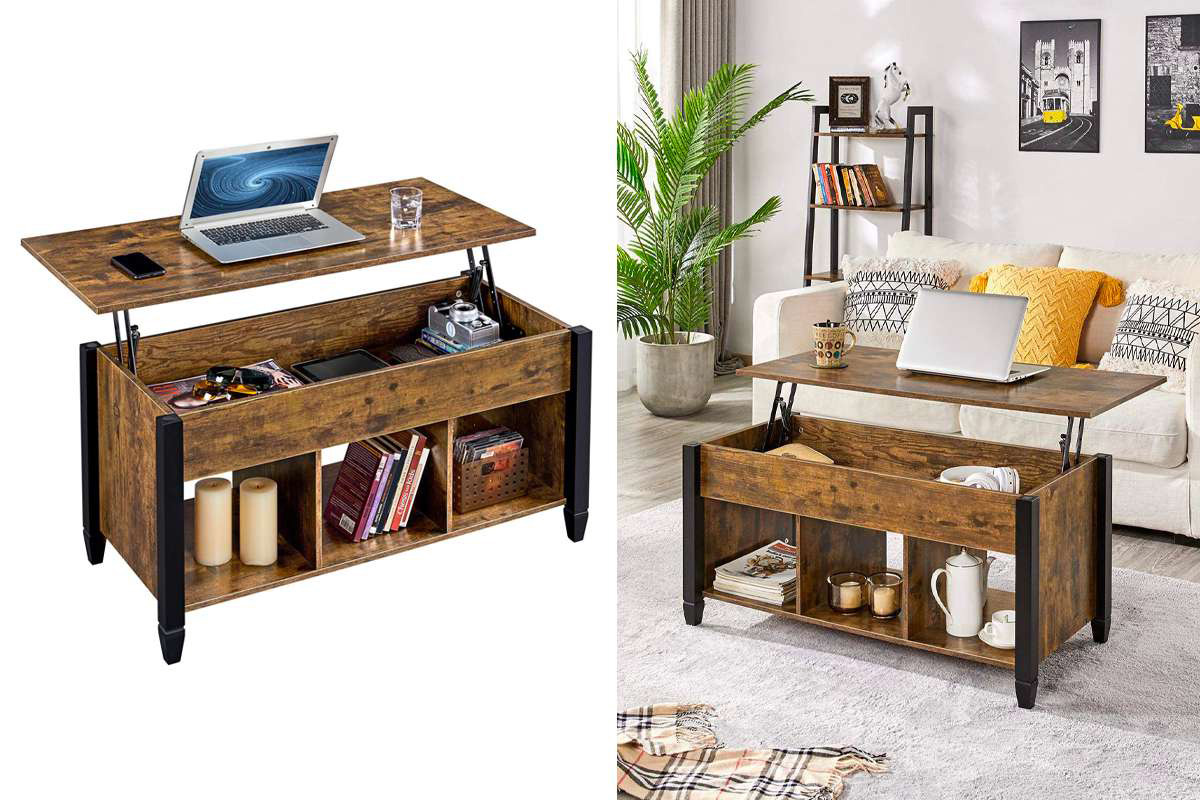
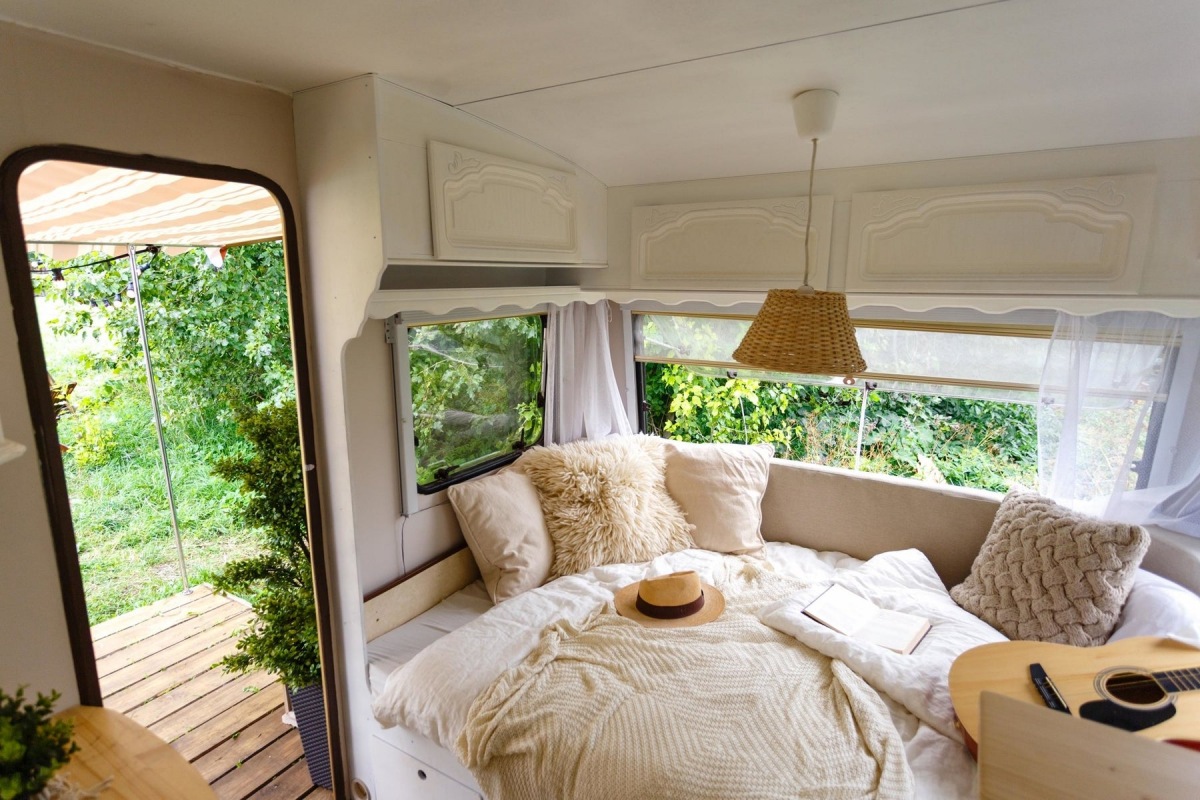
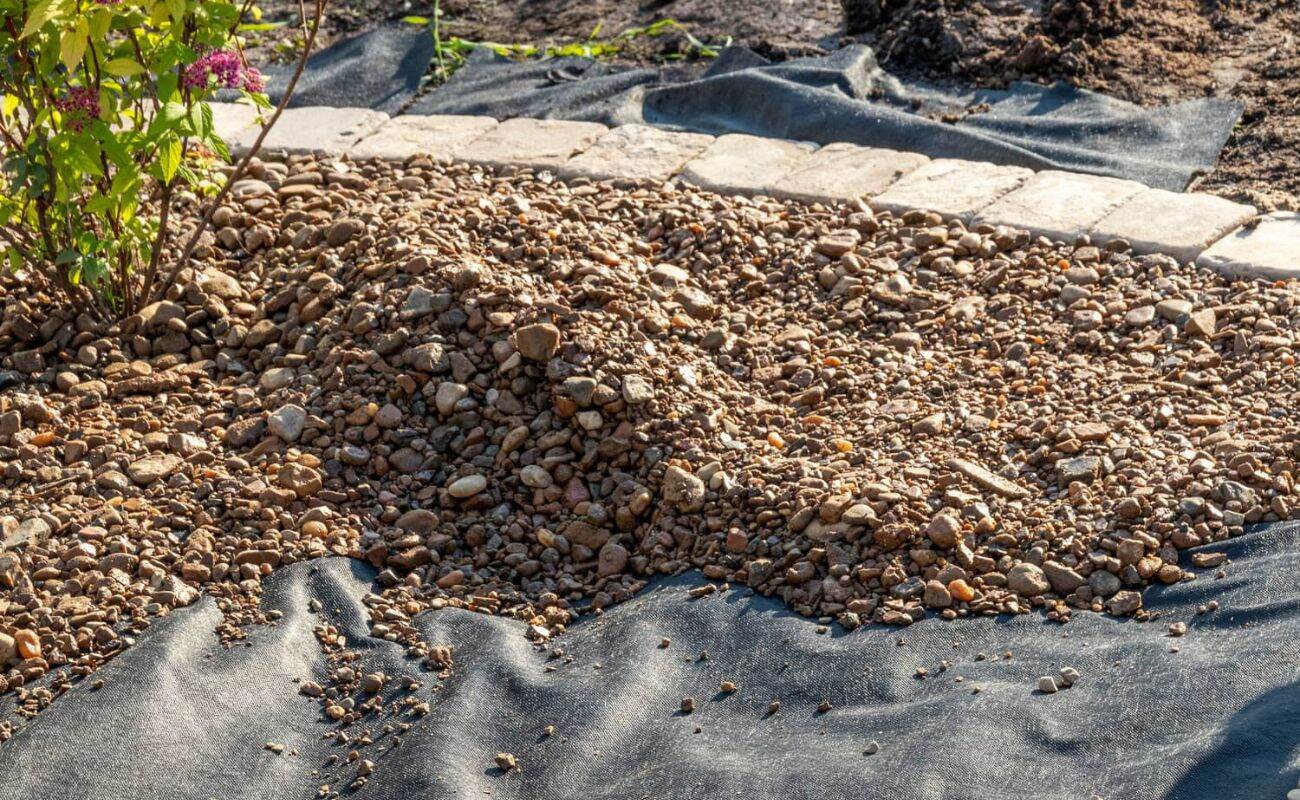
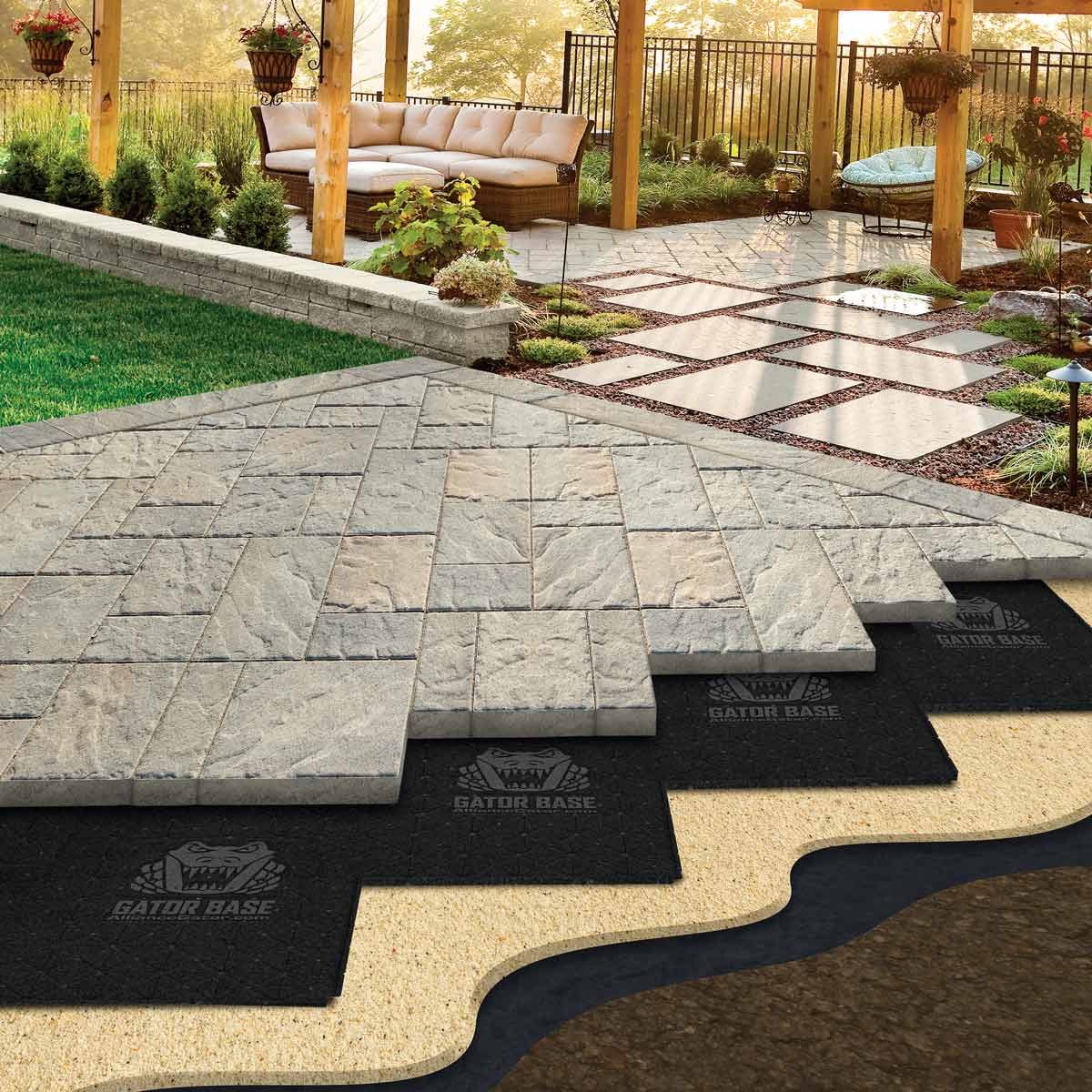
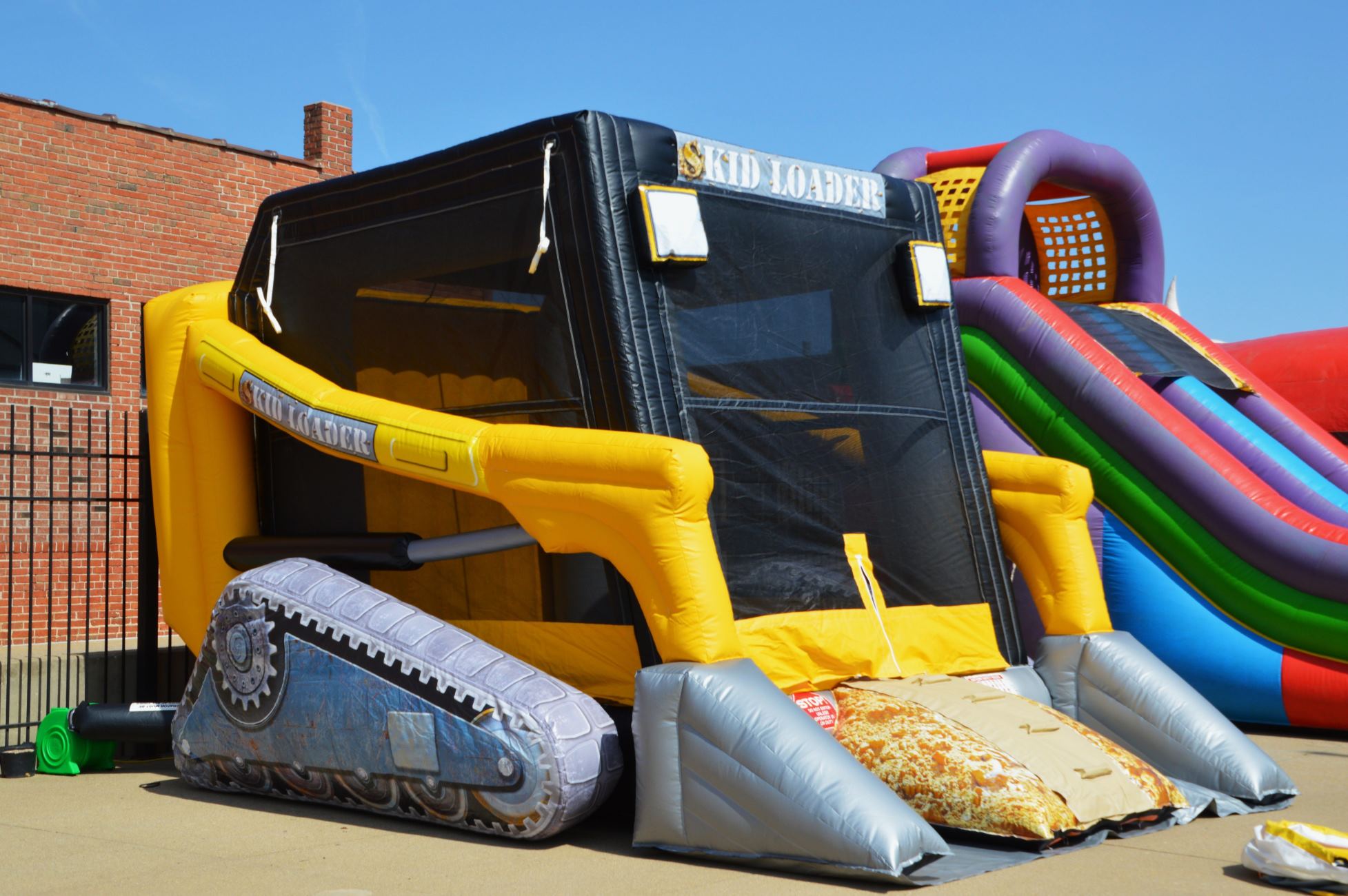
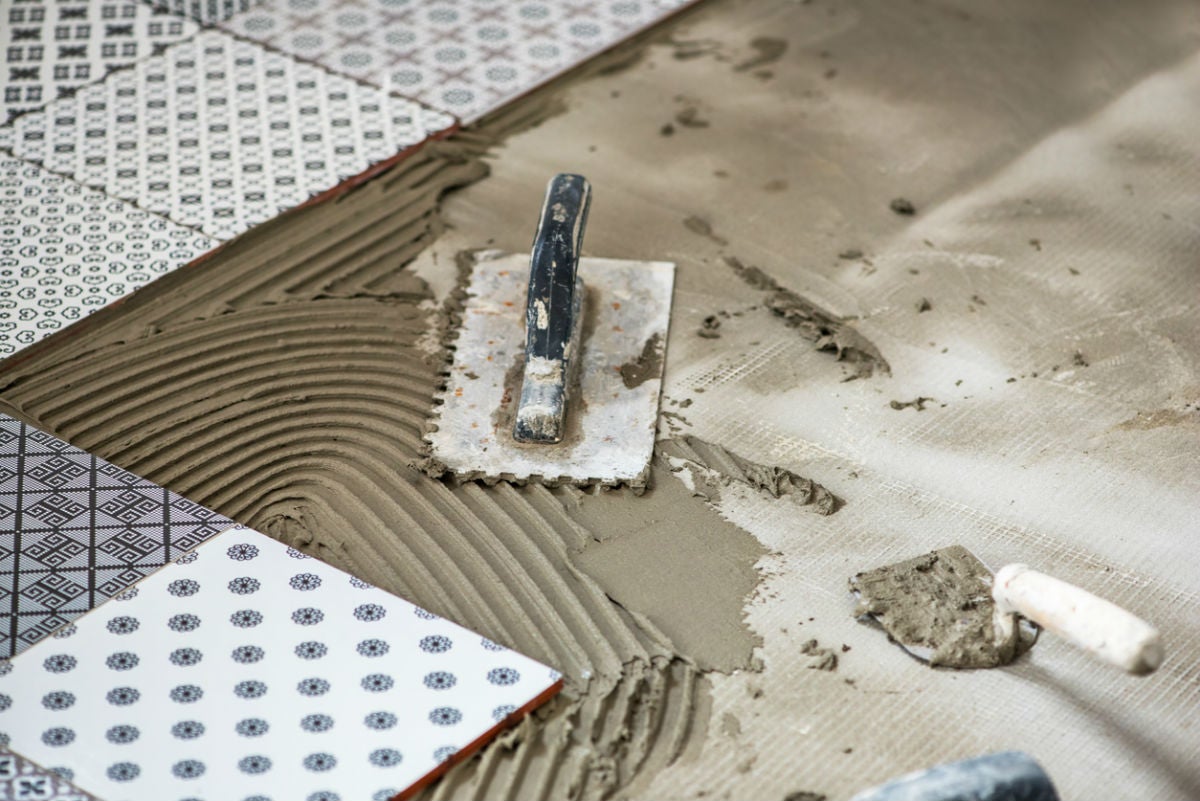
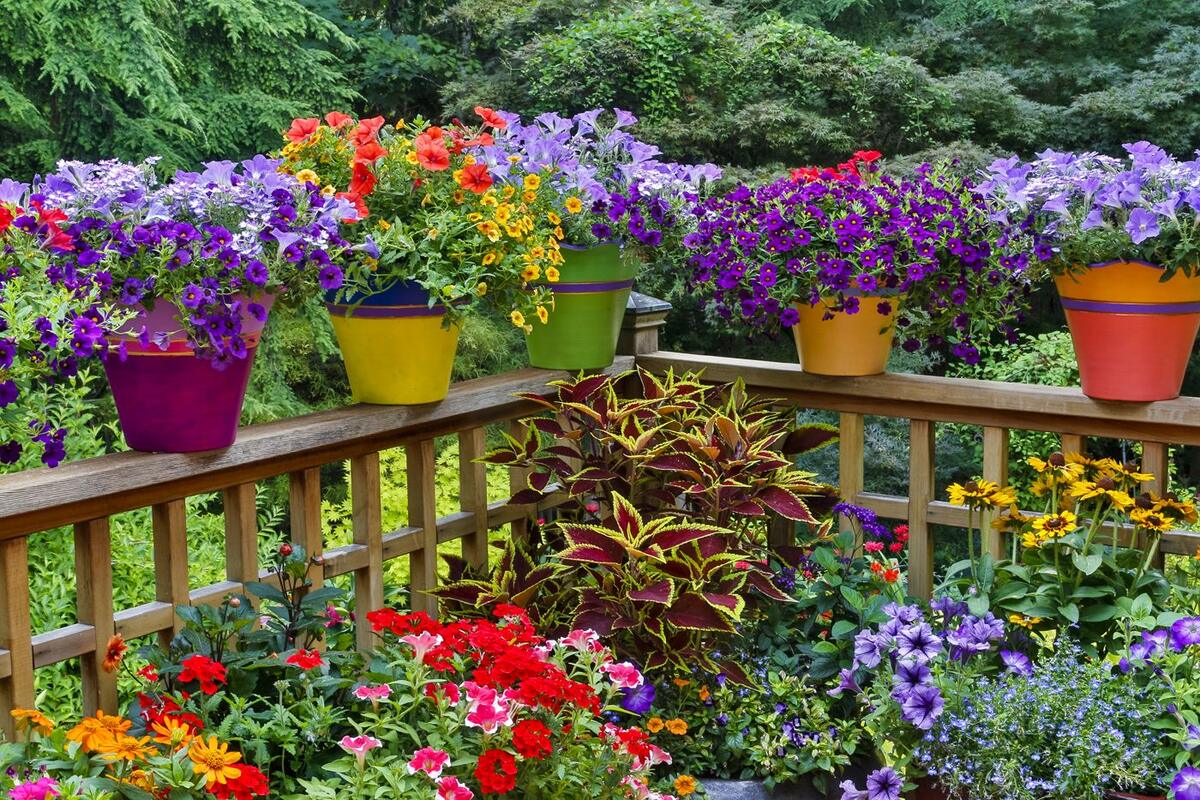
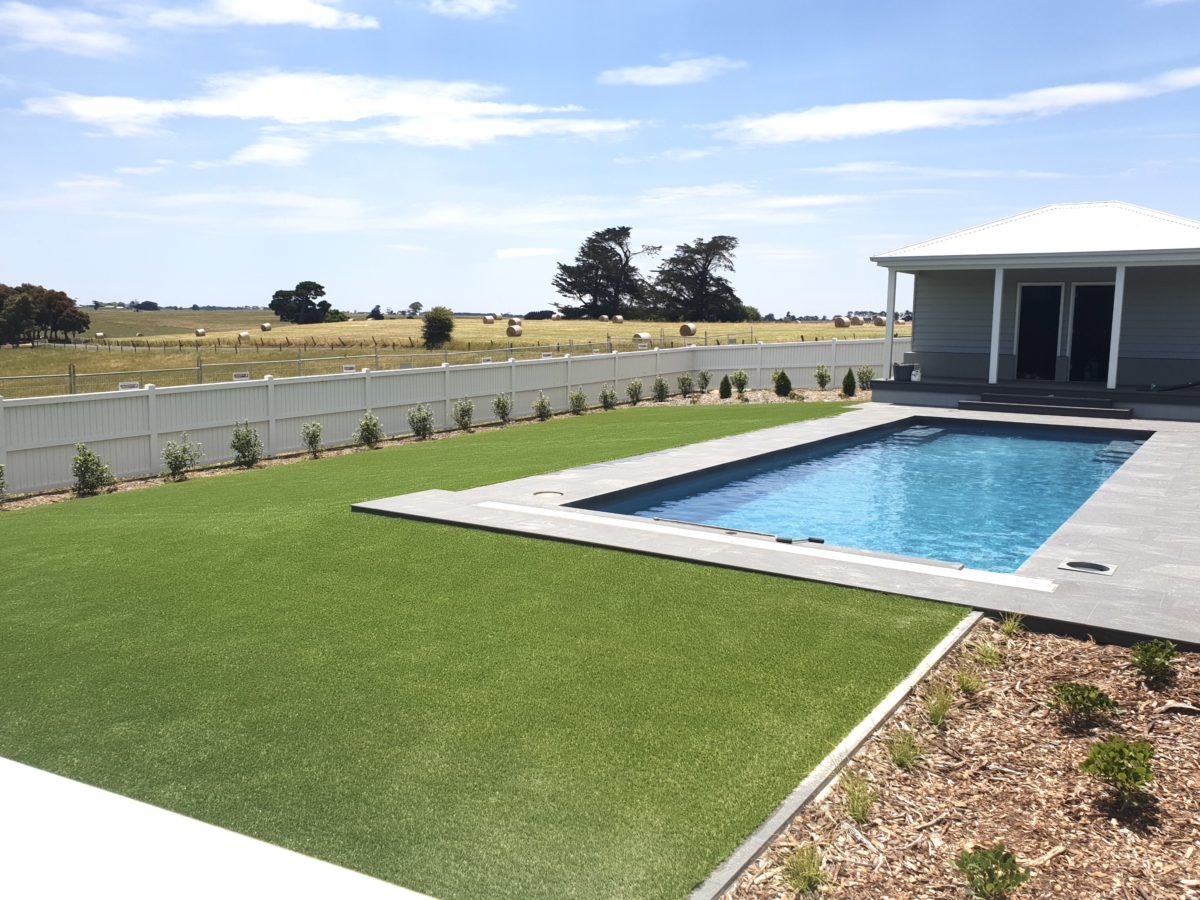
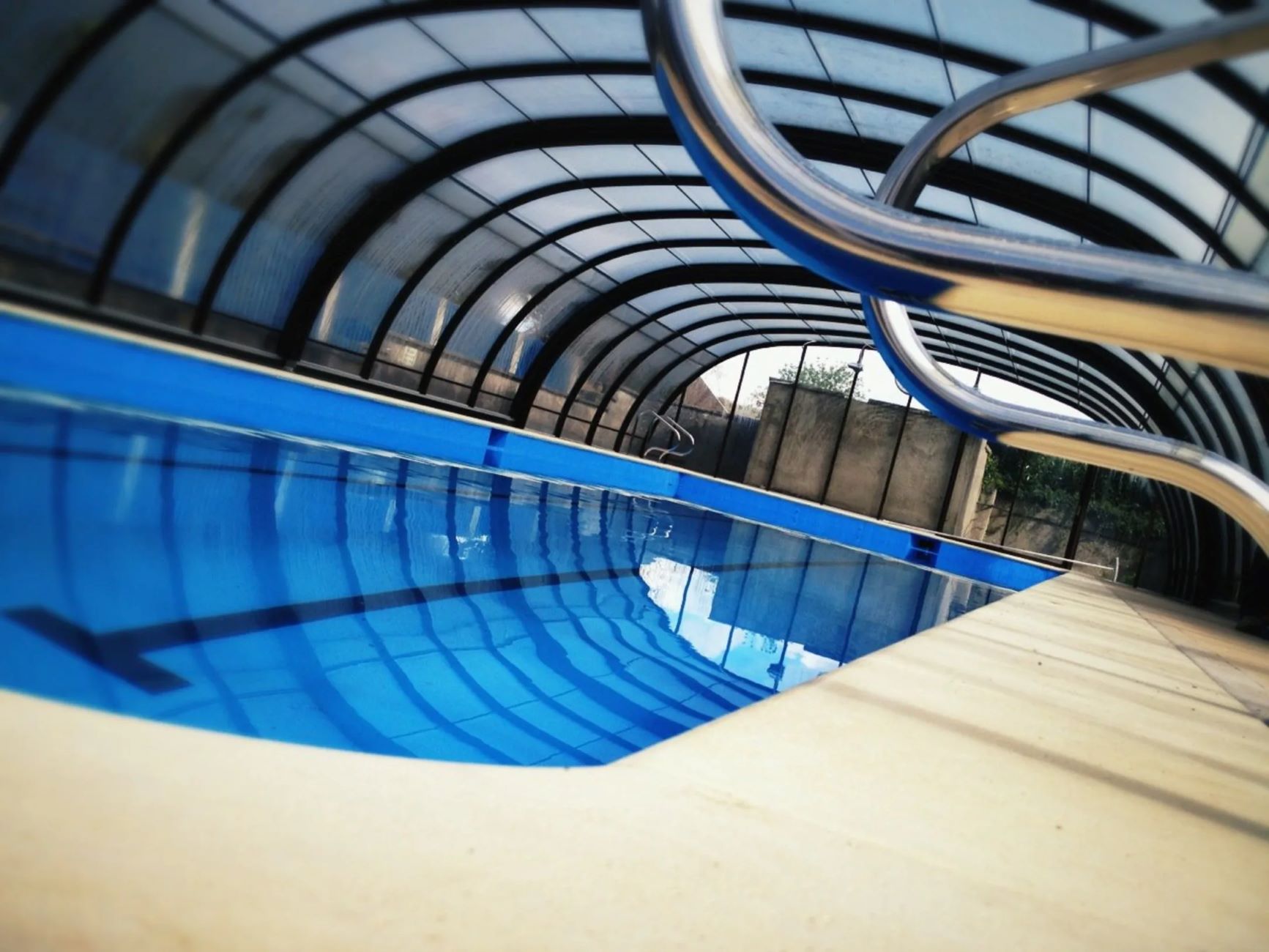
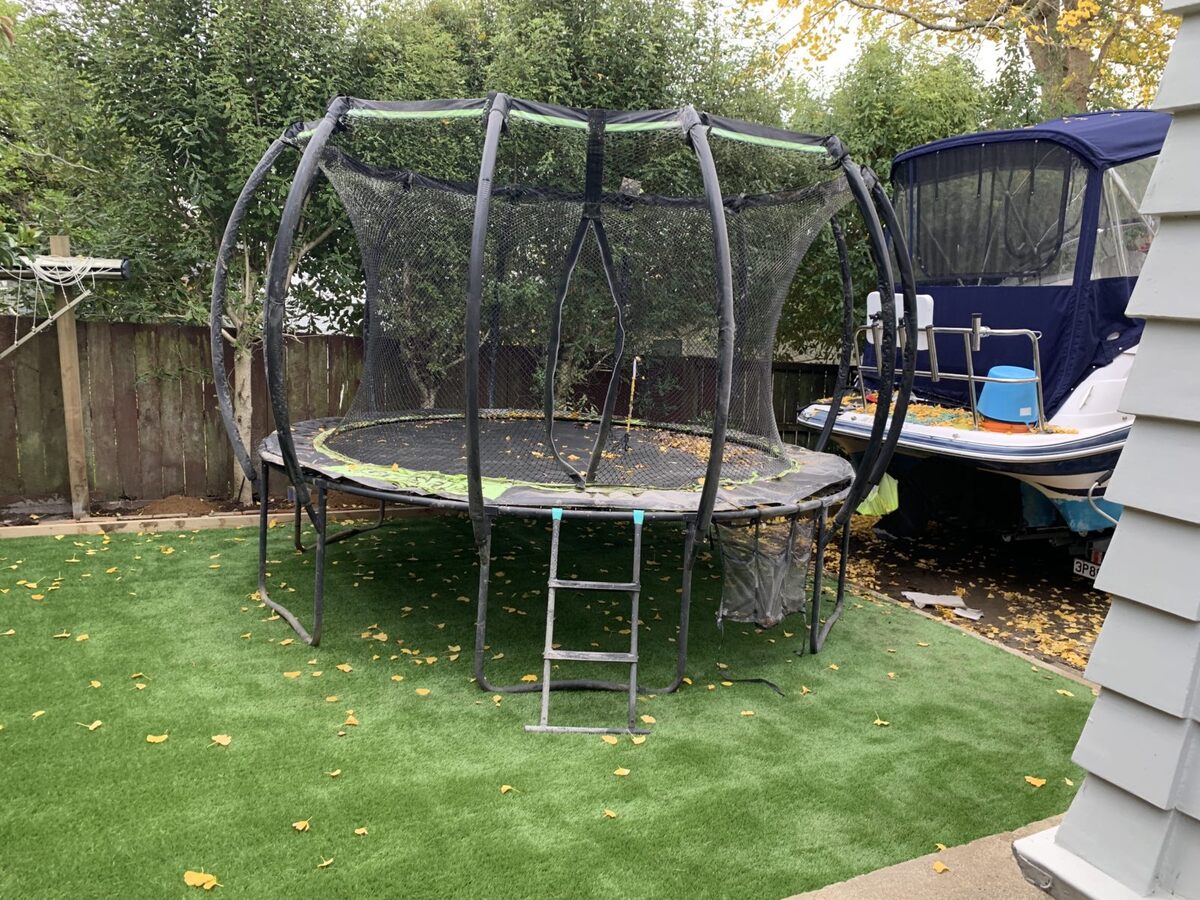
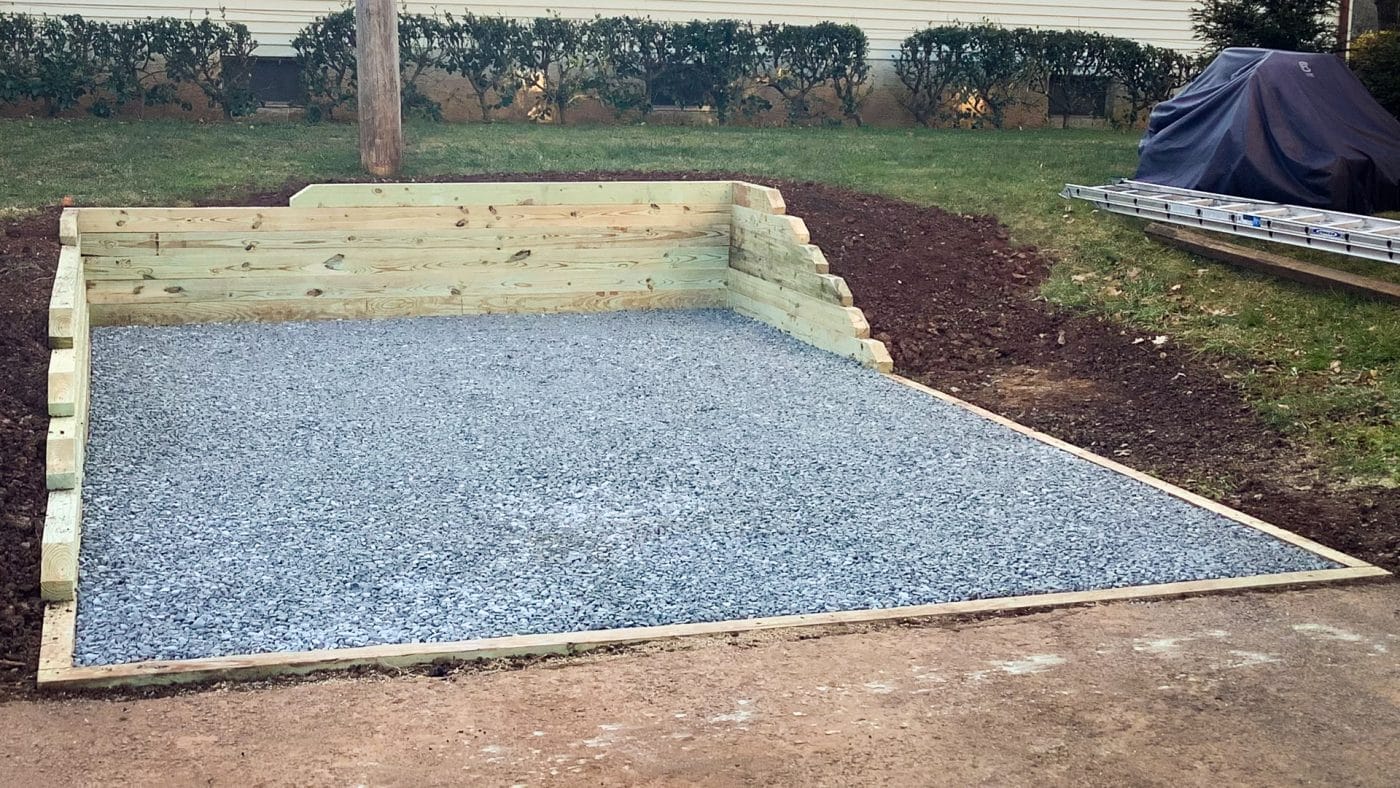
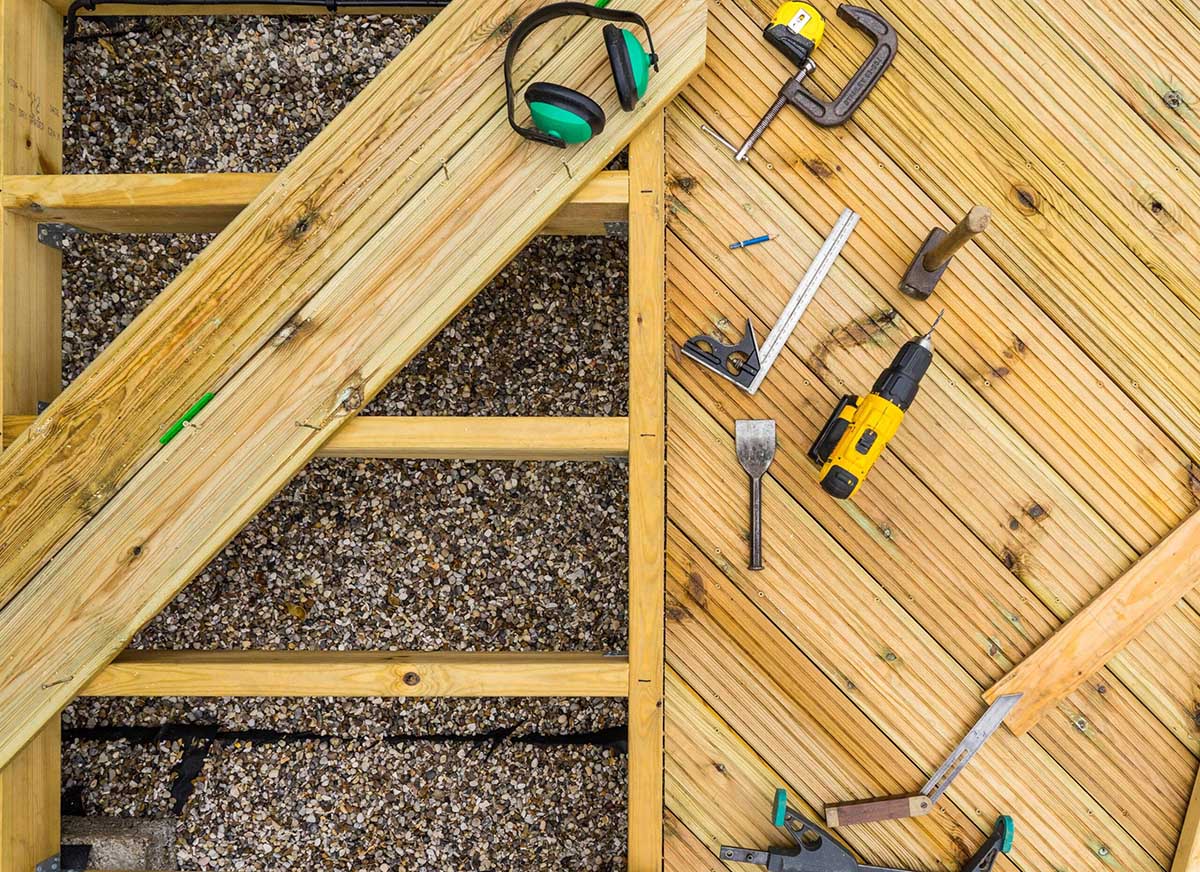

0 thoughts on “What To Put Under A Trampoline”